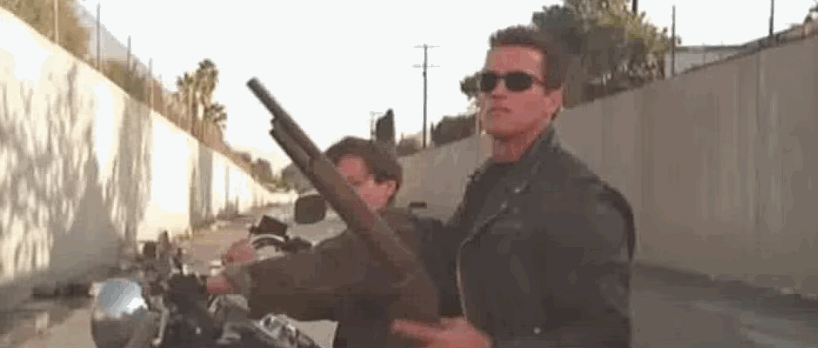
Shotguns are versatile firearms that can be used for a variety of purposes, including hunting, sport shooting, and self-defense. One of the key factors that determine a shotgun's performance is its action—the mechanism by which the gun loads, fires, and ejects cartridges. There are several types of shotgun actions, each with its own advantages and disadvantages. In this blog, we will explore the different types of shotgun actions and their unique characteristics.
- Pump Action

Pump action shotguns are perhaps the most common type of shotgun action. In a pump action shotgun, the shooter must manually slide the forend back and forth to load and eject cartridges. The pump action mechanism is reliable and easy to use, making it a popular choice for hunting, home defense, and law enforcement.
One of the key advantages of a pump action shotgun is that it is very versatile. It can cycle many different types of rounds, from really light loads to very heavy hunting loads with very few, if any, malfunctions. Because the shooter manually operates the action, the rate of fire is usually slower than a semi-auto but this really only matters if you're trying to dump an entire tube at once. Staying on target for rapid follow-up shots for untrained individuals can also be more challenging than semi-auto as there is more for the operator to manually engage with and think about. Nothing practice can't help mitigate.
- Semi-Automatic

Semi-automatic shotguns are another popular type of shotgun action. In a semi-automatic shotgun, the energy from each fired shot is used to automatically eject the spent cartridge and load a new one. The shooter must pull the trigger for each shot, but the gun will automatically reload.
Semi-automatic shotguns are very popular for hunting, especially for hunting birds and other fast-moving game. Because the shooter does not have to manually operate the action, they can fire more quickly and accurately, making it easier to hit fast-moving targets. Semi-autos are also a popular option for sporting clays as it makes follow-up shots easier.
A downside to a semi-auto is that it can be particular about the type of rounds it's trying to cycle. An inertia-driven semi-auto for example, might not cycle lighter loads reliably as inertia systems need higher back pressure to fully cycle.
- Break Action

Break action shotguns have a hinge mechanism that allows the shooter to "break" the barrel open for loading and unloading cartridges. This type of shotgun is commonly used for hunting and clay target shooting.
One of the key advantages of a break action shotgun is that it is very simple and reliable. There are no complex mechanisms or moving parts to worry about, which means that the gun is less likely to malfunction or break down.
Break actions, particularly over and unders, are very popular with clay sports as you can have different choke constrictions giving the shotgun the ability to reliably break targets at different distances.
There is also a safety component to break action as it's easy to tell if a break open is rendered safe, even from a far distance. If it's broke open, it's not going to fire.
- Bolt Action

Bolt action shotguns require the shooter to manually operate a bolt to load and eject cartridges. This type of shotgun is less common than the others, but is often used for hunting and long-range shooting.
One of the key advantages of a bolt action shotgun is that it is very accurate. Because the shooter manually operates the bolt, they have complete control over the gun's firing cycle, which can result in very consistent and precise shots.
- Lever Action

Lever action shotguns operate much like lever action rifles, with the shooter using a lever to load and eject cartridges. This type of shotgun is not as common as others, but can be useful for hunting and sport shooting.
One of the key advantages of a lever action shotgun is that it is reliable. Because the shooter operates the action, the gun isn't as "picky" cycling different types of rounds. You'll likely never see these types of shotguns used in clay sports. If you use one of these and have success, hats off, you're a beast!
In conclusion, the type of shotgun action you choose will depend on your specific needs and preferences. Whether you are a hunter, a sport shooter, or a home defender, there is a shotgun action that will meet your needs. Consider the advantages and disadvantages of each type of action carefully before making your decision, and be sure to practice safe gun handling at all times.
Dive deeper down the shotgun sports rabbit hole buy learning about shotgun load types HERE!
